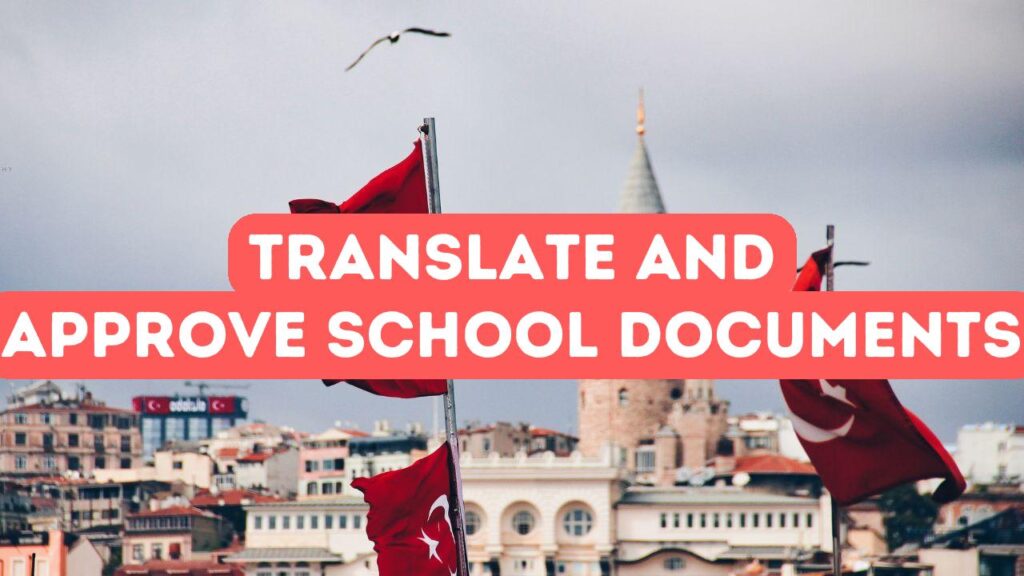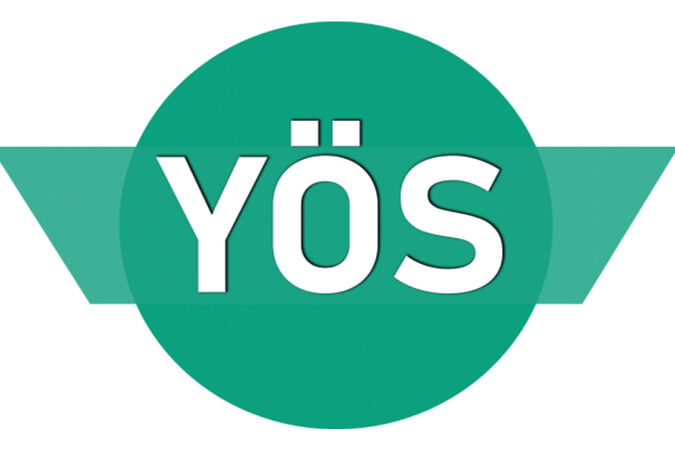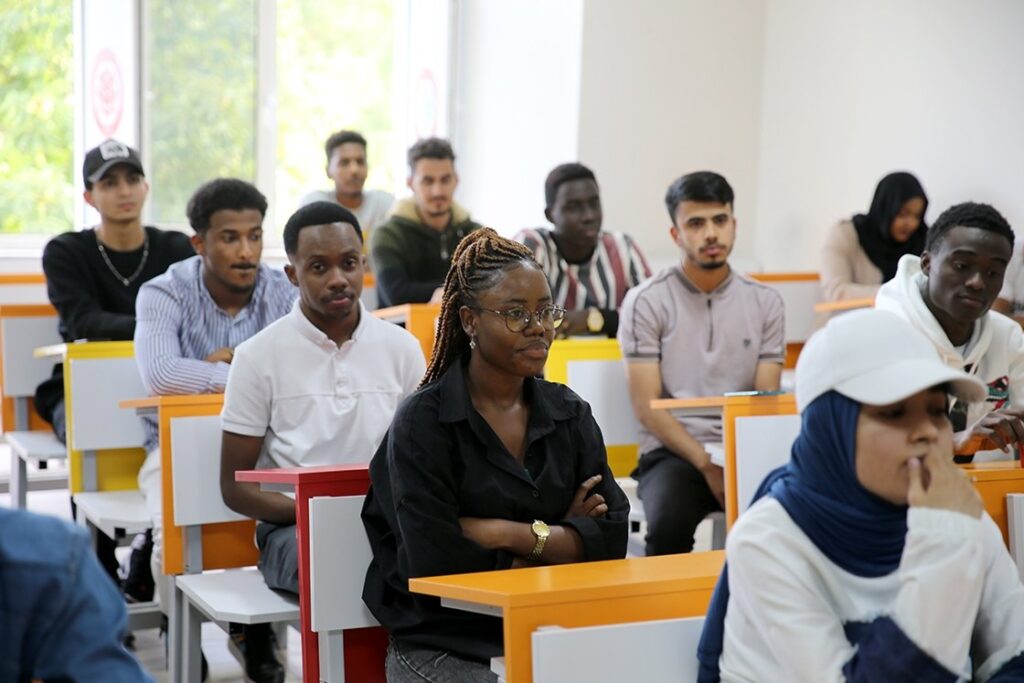Navigating the intricate world of university document translation can feel like a maze. Without proper guidance, translating your university records might seem daunting. But gaining clarity is crucial. Why? Because it ensures your credentials are recognized wherever you go. Imagine you’re handed a key—academic document verification is that key, unlocking future opportunities. Your translated university records need more than just conversion to another language; they need approval. With the right official translation services, your approved document translation becomes a bridge to success. Consider how much rides on this process. From admissions to career advancements, your academic achievements deserve to shine in any corner of the globe. It’s not just about words; it’s about precision and credibility. So, whether you’re crossing borders or aiming for international recognition, understanding the pathway to getting your university document translation and approval is your first step towards opening new doors.
Navigating the Translation Process for Academic Credentials
Kicking off the journey of university document translation, the first step is finding the right official translation services. Picture translating university records as building a bridge. Each brick—each word and phrase—must be laid with precision. It’s not merely about swapping languages; it involves academic document verification to ensure the integrity and accuracy of every detail, much like a master sculptor chiseling a block of marble. Approved document translation is vital, as errors can be costly. In an environment where your credentials are your passport to opportunity, each translated document must convey the original’s intent and nuance. Once your framework is set with the right translation service, the approval process becomes a seamless journey. Remember, this phase of translate university records isn’t just a routine task; it’s an investment in your academic future, enabling you to unlock doors previously closed.
Delving into the translation process for academic credentials isn’t just an exercise in language swapping—it’s about precision at every touchpoint. Assessing official translation services is your first step, as these professionals bring expertise to translate university records meticulously. Imagine starting this process as charting a course on a map, where each turn and intersection signifies a decision point in academic document verification. Every detail matters, and approved document translation becomes your compass, guiding you towards correct interpretations. These documents, once translated, must undergo thorough checks to ensure every nuance aligns with the original’s intent. This level of scrutiny transforms simple translation into a reliable pathway, safeguarding your credentials for international acceptance. So, in the pursuit of translating university records, remember, every word checked and approved is a step closer to your destination—a career without borders.
Navigating the translation process for academic credentials demands a clear understanding of nuances. Employing official translation services is akin to assembling a team of seasoned pilots ready to guide your journey through unfamiliar skies. Each phrase during university document translation plays a crucial role, much like instruments directing an aircraft’s path. Approved document translation is your ticket to seamless transitions, ensuring your credentials are ready for new educational or professional heights. Don’t underestimate the importance of academic document verification; it’s the beacon that lights your way to international acceptance. Translate university records with precision, as any oversight can derail your efforts. The thorough examination of your documents guarantees that they’re not merely translated but are ready to meet global standards. As you chart this course, remember, every document verified is another step toward your academic aspirations becoming reality—a coordinated takeoff toward your dreams.
Ensuring Compliance with University Standards
Ensuring compliance with university standards is pivotal when dealing with university document translation. Each institution might have specific requirements that must be met for your documents to be accepted. Missing a detail could mean starting from scratch. Thus, engaging with reputable official translation services becomes essential. These experts don’t just translate words, they align with academic document verification protocols, ensuring every nuance is captured. Like piecing together a jigsaw, precision is key when you translate university records. The goal? An approved document translation that mirrors your academic history accurately and adheres to requisite standards. Think of it as preparing a gourmet meal; quality ingredients and careful preparation guarantee a delectable result. Start with thorough research, ask questions, and choose a service with a track record. This meticulous approach ensures that your credentials pass muster no matter the borders or institutions, safeguarding your academic and career goals.
Navigating university document translation requires more than familiarity with academic texts; it demands an understanding of varied institutional guidelines. Every university has its own translation standards—overlooking a single protocol might lead to unnecessary delays. Imagine crafting a masterpiece only to find a missing piece. That’s where engaging with official translation services is vital. They bring a treasure chest of expertise, ensuring your approved document translation aligns perfectly with academic requirements. Think of them as the seasoned guides on a dense rainforest trek, helping you avoid pitfalls. Translating your university records with accuracy breathes life into your achievements, ensuring they are recognized and valued globally. Commit to this thorough process. Seek services steeped in academic document verification to assure all translations meet approval. This diligence means your credentials shine brightly across borders, reinforcing your academic integrity and paving a clear path to future opportunities.
In the pursuit of a successful university document translation, it’s imperative to align with institutional protocols. Picture this: like a detective unraveling clues, you must delve into each university’s unique requirements. Overlook one detail, and you might find yourself retracing steps. This is where official translation services prove invaluable. They offer more than just a translation—they deliver an approved document translation, equipped with the precision needed for academic document verification. Imagine translating every word as if placing each note in a symphony; harmony is essential. Your aim should be seamless transition with no hiccups in presentation or acceptance. Think of your translated university records as a passport, ready to take you through academic borders. By choosing to engage seasoned professionals, you ensure all procedures are followed to the letter, empowering your credentials to speak confidently and accurately on any academic stage.
Key Tips for Successful Document Approval
Sure, getting your university document translation approved might sound like juggling flaming swords, but it doesn’t have to be. First, make sure you’ve sourced an official translation service that speaks your language—literally and metaphorically. They’ll guide your translate university records task through the labyrinth with precision. Remember, a tiny typo or misinterpretation is like a pebble in your shoe—irritating at best, disastrous at worst. Next, academic document verification is more than stamping paper; it’s crafting a bridge to future possibilities. Approved document translation is where dreams meet their making. Be meticulous about the details, as each one is a stepping stone on your path to success. Haven’t you always aimed to have your achievements pave the way to greater horizons? With a keen eye and the right guide, your documents can become your passport to a world of potential.
To sail smoothly through the seas of university document translation, starting with organization is key. Ensure every document is neat and legible. It’s the first impression you can’t afford to flub. Next, pick only official translation services that specialize in academic nuances. They wield their expertise like a maestro conducts an orchestra, ensuring every note hits just right. Schedule time for thorough academic document verification. It’s akin to checking your parachute before the jump. Overlook it, and your aspirations might take a nosedive. Embrace a proactive stance—reach out to institutions about their specific document requirements. Think of it as asking for directions when lost; it’s better than wandering in circles. Lastly, stay patient. Fabulous translations take time, precision bursts at the seams. With these tips in your back pocket, approved document translation will no longer be a juggling act but a victory dance.
The secret to nailing university document translation lies in mastering the art of approval. Kick off with a clean sweep—cross-check each document for accuracy. You wouldn’t want a stray typo to send you off course. Dive into the nuances of approved document translation, where each word must fit like a glove. Engage skilled official translation services to translate university records with the finesse of a seasoned craftsman. They’re your compass, steering you clear of linguistic mishaps. Then focus on academic document verification—it’s your backstage pass to future stages. Remember, approval can be a gentle nudge or a stern gatekeeper. Prep your translations for their performance by understanding each institution’s demands. Like tuning an instrument, it’s an exercise in precision. With patience and the right partnerships, your academic journey won’t just take flight—it’ll soar. Keep this arsenal of tips handy, and watch as new pathways welcome your brilliance.
Disclaimer: This article is for general informational purposes only and you are strongly advised to consult a professional to evaluate your personal situation. No liability is accepted that may arise from the use of the information in this article.





